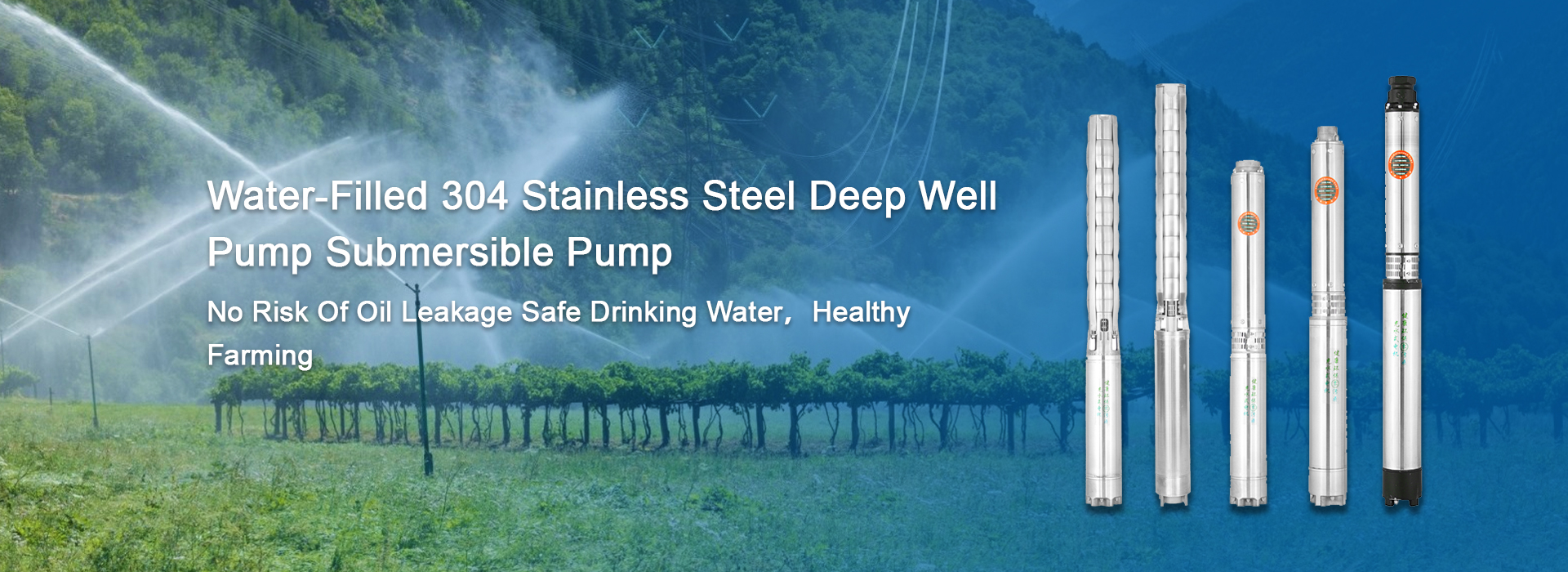Nov . 07, 2024 06:13 Back to list
Design and Features of Submersible Pump Support Stands for Efficient Operation
The Importance and Functionality of Submersible Pump Stands
Submersible pumps are an integral part of various fluid management systems across industries, agricultural operations, and municipal facilities. While the pump itself is designed to operate underwater, a crucial component that often goes unnoticed is the submersible pump stand. This article will delve into the role and significance of submersible pump stands, their design considerations, and key benefits.
Understanding Submersible Pumps
Submersible pumps are hermetically sealed electric pumps that work underwater, typically to move liquids from one location to another. They are commonly used in applications such as sewage management, groundwater extraction, and dewatering construction sites. The efficiency of these pumps is highly dependent on their installation, and that’s where submersible pump stands come into play.
The Role of Submersible Pump Stands
A submersible pump stand serves as a support structure that elevates the pump off the bottom of the water source. This elevation is critical for several reasons
1. Sediment Management By keeping the pump off the ground, the stand prevents sediment and debris from entering the pump’s intake, which can lead to clogs and reduce the pump's efficiency. This is particularly important in muddy or sediment-rich environments.
2. Improved Performance A proper stand allows for optimal positioning of the pump, ensuring that it operates within its designed flow range. This positioning minimizes the risk of cavitation, a phenomenon that can severely damage the pump.
3. Serviceability Installing a pump on a stand makes maintenance tasks easier. Technicians can access the pump without the need to dive or use complex retrieval methods, allowing for more frequent inspections and timely repairs.
4. Environmental Considerations Elevated pumps reduce the likelihood of environmental contamination. By preventing potential leaks and spills from mixing with sediment, pump stands contribute to a more environmentally friendly operation.
Design Considerations for Pump Stands
submersible pump stand

When it comes to designing or selecting a submersible pump stand, several key factors should be considered
- Material The stand must be constructed from corrosion-resistant materials if it is to be used in harsh chemical environments, ensuring durability and longevity.
- Height The height of the stand should be suitable for the specific application, providing enough clearance to keep the pump free from sediment while ensuring optimal performance.
- Stability The design should ensure that the stand is stable enough to withstand the forces exerted by water currents or vibrations from the pump’s operation.
- Compatibility The stand must be compatible with the dimensions and weight of the submersible pump to ensure safe and effective operation.
Key Benefits of Using Submersible Pump Stands
Utilizing a submersible pump stand can enhance overall system efficiency and reliability. Here are some key advantages
- Extended Pump Life By preventing clogs and reducing wear and tear, stands can extend the operational lifespan of submersible pumps.
- Reduced Operational Costs Efficiency gains and reduced maintenance frequency can lead to significant cost savings over time.
- Enhanced Safety By allowing easier access for maintenance, pump stands contribute to a safer working environment for operators.
In conclusion, submersible pump stands play a vital role in the effective operation of submersible pumps. By preventing sediment intrusion, enhancing performance, and facilitating maintenance, they ensure that these essential devices function optimally, contributing to the efficient management of water and other fluids across various applications. As industries continue to prioritize environmental stewardship and operational efficiency, the significance of submersible pump stands cannot be overlooked.
-
Submersible Water Pump: The Efficient 'Power Pioneer' of the Underwater World
NewsJul.01,2025
-
Submersible Pond Pump: The Hidden Guardian of Water Landscape Ecology
NewsJul.01,2025
-
Stainless Well Pump: A Reliable and Durable Pumping Main Force
NewsJul.01,2025
-
Stainless Steel Submersible Pump: An Efficient and Versatile Tool for Underwater Operations
NewsJul.01,2025
-
Deep Well Submersible Pump: An Efficient 'Sucker' of Groundwater Sources
NewsJul.01,2025
-
Deep Water Well Pump: An Efficient 'Sucker' of Groundwater Sources
NewsJul.01,2025
-
 Submersible Water Pump: The Efficient 'Power Pioneer' of the Underwater WorldIn the field of hydraulic equipment, the Submersible Water Pump has become the core equipment for underwater operations and water resource transportation due to its unique design and excellent performance.Detail
Submersible Water Pump: The Efficient 'Power Pioneer' of the Underwater WorldIn the field of hydraulic equipment, the Submersible Water Pump has become the core equipment for underwater operations and water resource transportation due to its unique design and excellent performance.Detail -
 Submersible Pond Pump: The Hidden Guardian of Water Landscape EcologyIn courtyard landscapes, ecological ponds, and even small-scale water conservancy projects, there is a silent yet indispensable equipment - the Submersible Pond Pump.Detail
Submersible Pond Pump: The Hidden Guardian of Water Landscape EcologyIn courtyard landscapes, ecological ponds, and even small-scale water conservancy projects, there is a silent yet indispensable equipment - the Submersible Pond Pump.Detail -
 Stainless Well Pump: A Reliable and Durable Pumping Main ForceIn the field of water resource transportation, Stainless Well Pump has become the core equipment for various pumping scenarios with its excellent performance and reliable quality.Detail
Stainless Well Pump: A Reliable and Durable Pumping Main ForceIn the field of water resource transportation, Stainless Well Pump has become the core equipment for various pumping scenarios with its excellent performance and reliable quality.Detail
